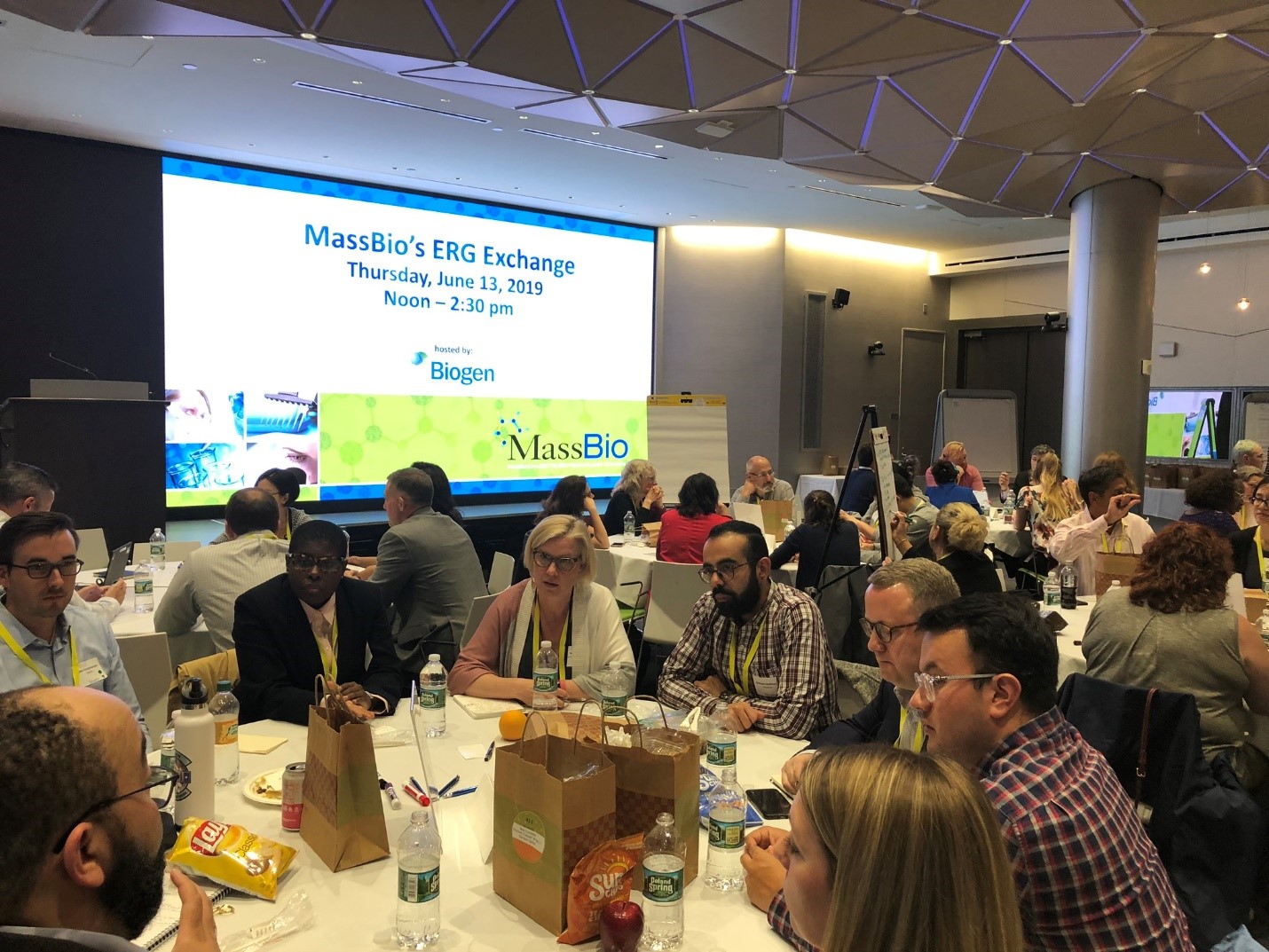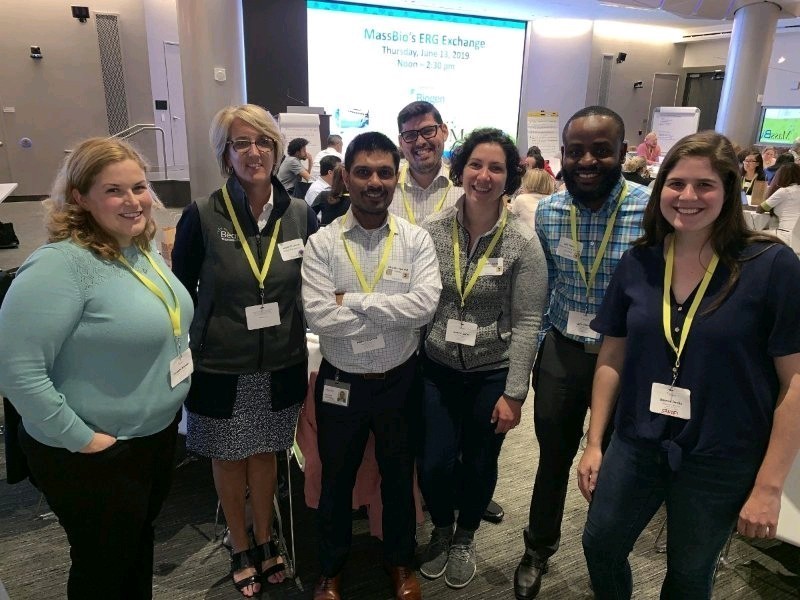
From the 1960s, employees resource groups (ERGs) have evolved from a means to recruit and retain diverse talent to an entity more aligned with company objectives and mapped directly to growth strategies. As these groups continue to progress, early-stage companies are now looking for ways to start an ERG and larger companies are looking to capitalize on its full capabilities to drive innovation and increase patient outcomes.
What’s an ERG, you might ask?
According to the Association of ERGs & Councils, “employee resource groups (ERGs) are voluntary groups of employees who join together in their workplace based on shared characteristics or life experiences and serve as a resource for members and organizations by fostering a diverse, inclusive workplace aligned with organizational goals.” Please keep in mind that ERGs are sponsored by the organization, but they are powered by employees who volunteer their time.
Employee Resource Groups are comprised of several subsets:
- Employees from traditionally underrepresented groups
- Allies who support these groups
- People who share a common purpose, interest, or background
Other common names associated with ERGs include:
- Business Impact Networks (BINs)
- Business Resource Groups (BRGs)
- Employee Network Groups (ENGs)
Fast Facts about D&I and ERGs
- 90% of Fortune 500 companies have ERGs, and these groups can range in size from a handful of employees to hundreds or even thousands of workers in multiple geographic locations (Bentley University Center for Women and Business)
- 83% of millennials are more actively engaged when they believe their company fosters an inclusive culture (Deloitte)
- 67% of job seekers said a diverse workforce is important to them when considering job offers (Glassdoor)
- Ethnically diverse companies are 35% more likely to outperform their less diverse competitors. For every 10% increase in the rate of racial and ethnic diversity on Senior Executive teams, Earnings before interest and taxes (EBIT) rises 0.8% (McKinsey)
MassBio ERG Exchange Hosted by Biogen
How can we leverage the ERG experience to drive innovation and make the industry stronger? How can we serve as a resource to smaller companies that currently don’t have the funding or bandwidth for an ERG? On June 13th, 120+ industry colleagues with varying roles gathered to answer these questions. My main objective was to provide an opportunity to bring not just HR and D&I professionals together, but anyone that contributes to the discussion; demonstrates the value proposition of ERGs; and understands how sharing ‘best’ practices across networks will turn into ‘next’ practices for the industry to scale. During MassBio’s ERG Exchange, members from 53 life sciences organizations came from every corner of Massachusetts. Here is the list of ERG categories that were represented:
- African American
- Asian
- Caregiver/Parents
- Diabetes/Cancer
- DIVERSEabilities
- Intergenerational
- Hispanic/Latinx
- Interfaith
- LGBTQ+
- Male Allyship
- Multicultural
- Social/Athletic
- Veterans/First Responders
- Women’s Network
The information collected from the ERG Exchange was compiled into a report. Click ‘here’ for the full version. Here are some of the highlights:
- Barriers to Developing and Supporting ERGs
- Best Practices to Launch and Sustain ERGs
- Improving Employee Engagement in ERGs
- Measurement & Metrics to Demonstrate Success
Conclusion
The ERG revolution in the life sciences industry has arrived, and it is here to stay. But, the onus is on companies and executive leadership to invest in successful ERGs and support employee engagement. It is a win-win for the patient community if we, as an industry, are all firing on full cylinders to increase outcomes. Do not underestimate the value of having or creating ERGs.
